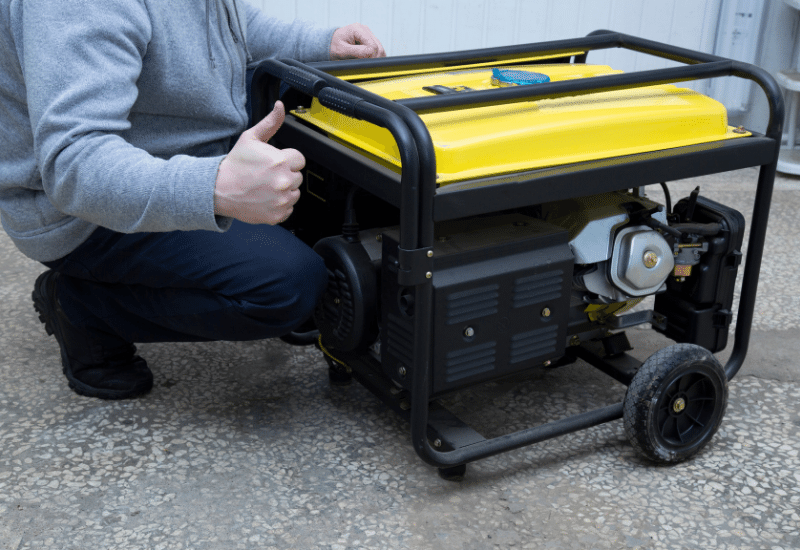Make a list of the appliances you want to use. Write down the voltage of each appliance so you know how much power it will consume in the event of an emergency. For example, microwave ovens typically consume 1,500 watts, fluorescent lights about 150 watts, and refrigerators between 1,200 and 1,500 watts, but they have a capacitor that temporarily boosts the voltage when the compressor is running. Depending on the model and size, televisions can consume up to 1000 watts, fans up to 500 watts, etc.

[…] From our blog – Learn Why Inverter Generators are better than Conventional Generators?;The article about – Which Generator Would Suit Best for Your RV and Why?;A reflection around – How to Connect a Portable Generator to Your Home; […]